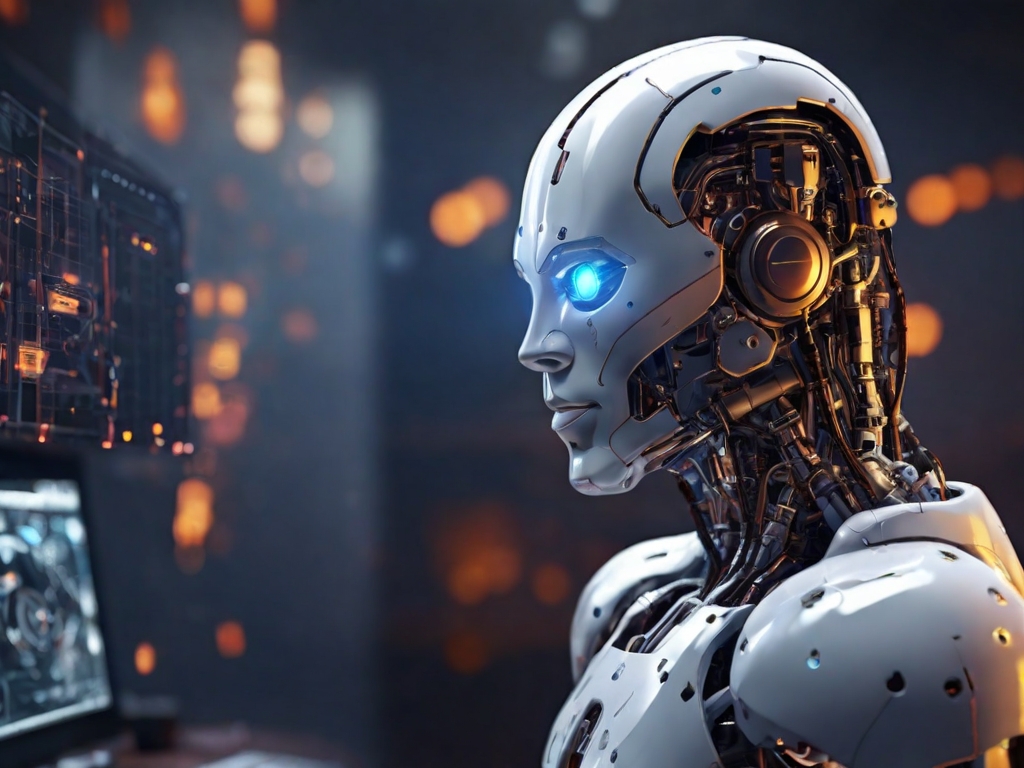
Modern game creation now relies heavily on artificial intelligence (AI), which is revolutionizing the way games are created, produced, and played. The enormous potential of AI transforms the gaming business and provides players with better, more immersive experiences. We at Melior Games fully understand it. An in-depth discussion of the functions, varieties, and integration strategies of artificial intelligence in game creation is provided in this article.
Introduction to AI in Games
The simulation of intellect like to that of humans in non-player characters (NPCs) and other game elements is known as artificial intelligence (AI) in gaming. The goal of this is to improve the interactive experience by developing algorithms that are capable of learning, making decisions, and solving problems. Making NPCs seem sentient and sensitive to player activities is intended to make the gameplay more realistic and captivating.
Overview of AI’s Role and Transformative Impact on Game Development
AI’s role in game development extends beyond simply animating NPCs. It significantly impacts several facets of the gaming experience:
- Enhanced Gameplay: AI can create adaptive and challenging opponents, making games more engaging. By adjusting difficulty levels in real-time, AI ensures that players remain challenged but not frustrated.
- Procedural Content Generation: AI algorithms can generate vast and diverse game worlds, levels, and scenarios on the fly, reducing the time and resources needed for manual design. This leads to virtually limitless content, enhancing replayability.
- Realistic Interactions: AI enables NPCs to interact with players in more natural and believable ways, enhancing storytelling and immersion. Dialogue systems powered by AI can provide more dynamic and context-aware conversations.
- Player Behavior Analysis: AI can analyze player behavior to personalize the gaming experience, tailoring challenges and rewards to individual playstyles. This personalization keeps players engaged and enhances their overall experience.
- Quality Assurance: AI can automate testing and debugging processes, identifying bugs and performance issues more efficiently than manual testing. This leads to higher-quality games and shorter development cycles.
Types of AI Used in Game Development
The creation of video games uses a variety of AI technology, each with unique applications and strengths. Among these are neural networks, machine learning, and rule-based systems.
Rule-Based Systems
Rule-based systems are among the earliest forms of AI used in games. These systems operate based on predefined rules and logic. Developers create a set of “if-then” statements that dictate NPC behavior. For example, in a strategy game, an NPC might follow a rule like, “If the player’s army is stronger, retreat.”
Advantages:
- Predictable and easy to debug.
- Requires less computational power.
Disadvantages:
- Limited adaptability and complexity.
- Cannot learn or evolve based on player actions.
Machine Learning
Machine learning (ML), which analyzes data and progressively enhances performance, can be used to construct game AI. This implies that no scenario requires explicit programming going forward. In game production, machine learning (ML) has many uses, including content creation, player movement prediction, and optimizing NPC behavior.
Advantages:
- Can adapt and evolve based on player interactions.
- Handles complex patterns and data more effectively.
Disadvantages:
- Requires significant data and computational resources.
- More challenging to implement and debug.
Neural Networks
The architecture and operation of the human brain serve as the model for neural networks, a subset of machine learning. When it comes to jobs involving pattern recognition, like speech and picture recognition, they are especially effective. Developers use neural networks in games to make difficult decisions and give non-player characters (NPCs) more human-like behavior.
Advantages:
- Highly flexible and capable of handling complex, non-linear relationships.
- Can process vast amounts of data and improve through training.
Disadvantages:
- Computationally intensive and requires large datasets.
- Making it is difficult to understand and debug their decision-making process, as a “black box”
Conclusion
Developers may leverage the power of AI to provide genuinely novel and fascinating gaming experiences by learning the fundamentals of the technology and how it integrates into game production. AI has countless possibilities for use in games, whether it is through rule-based systems, machine learning, or neural networks.




